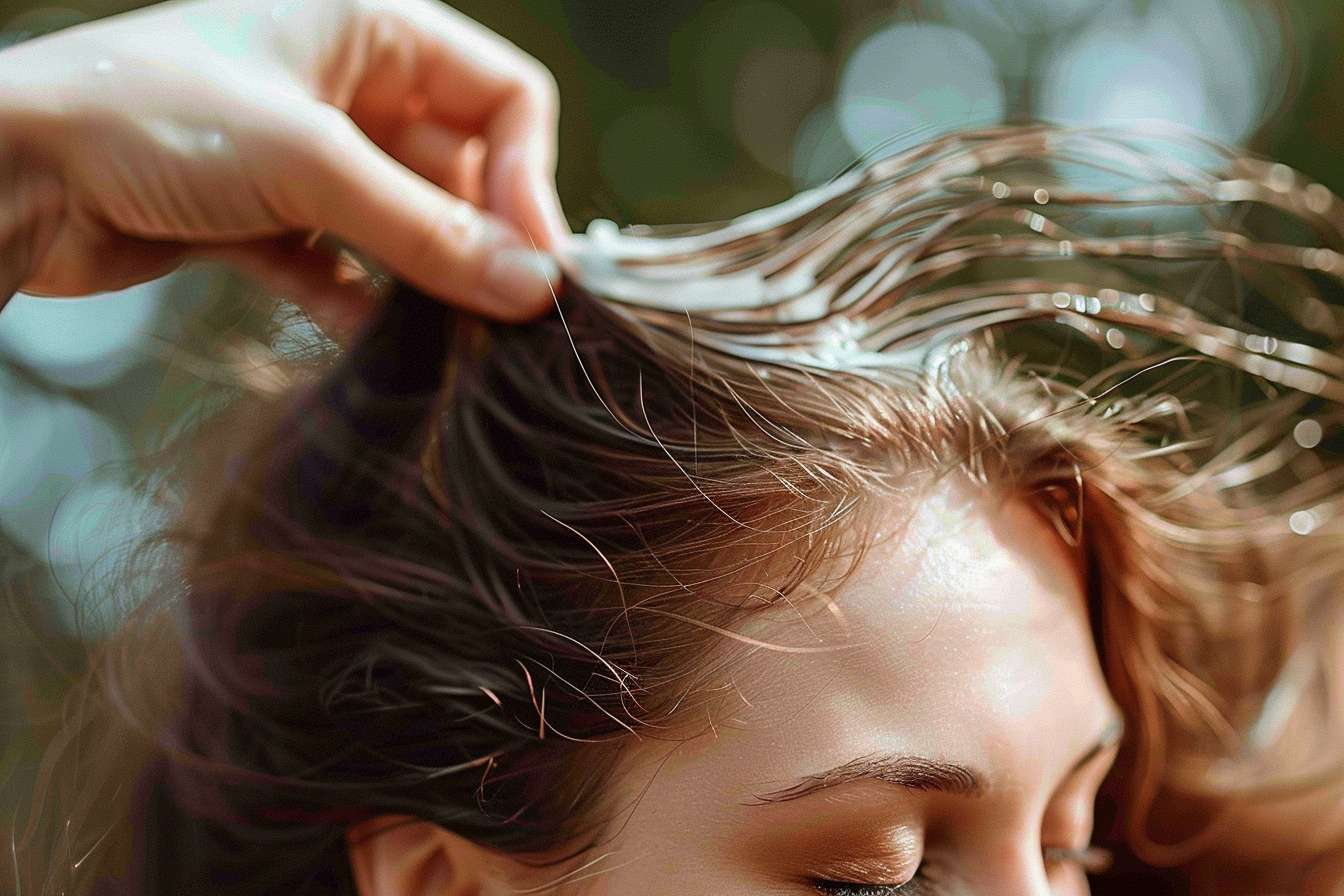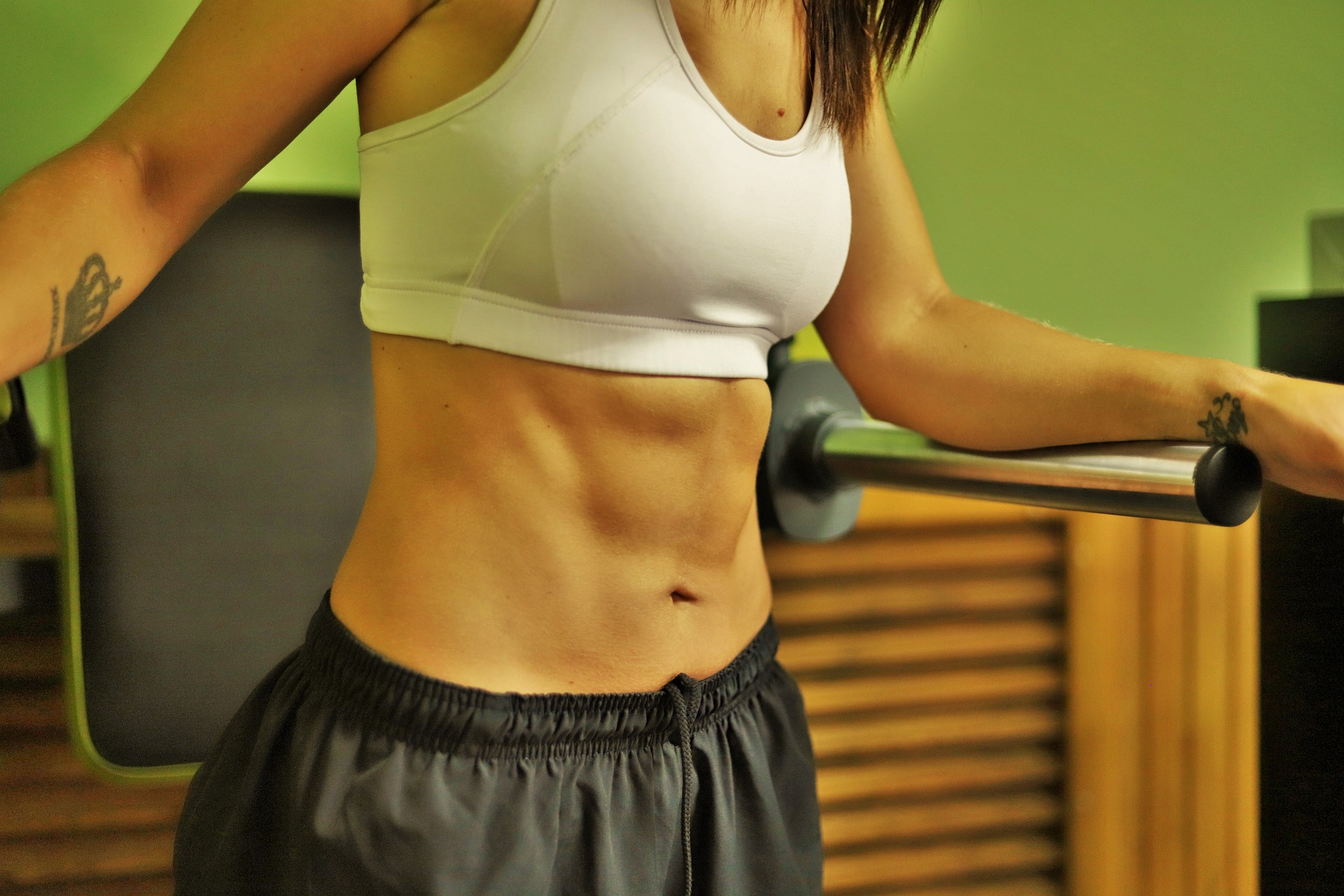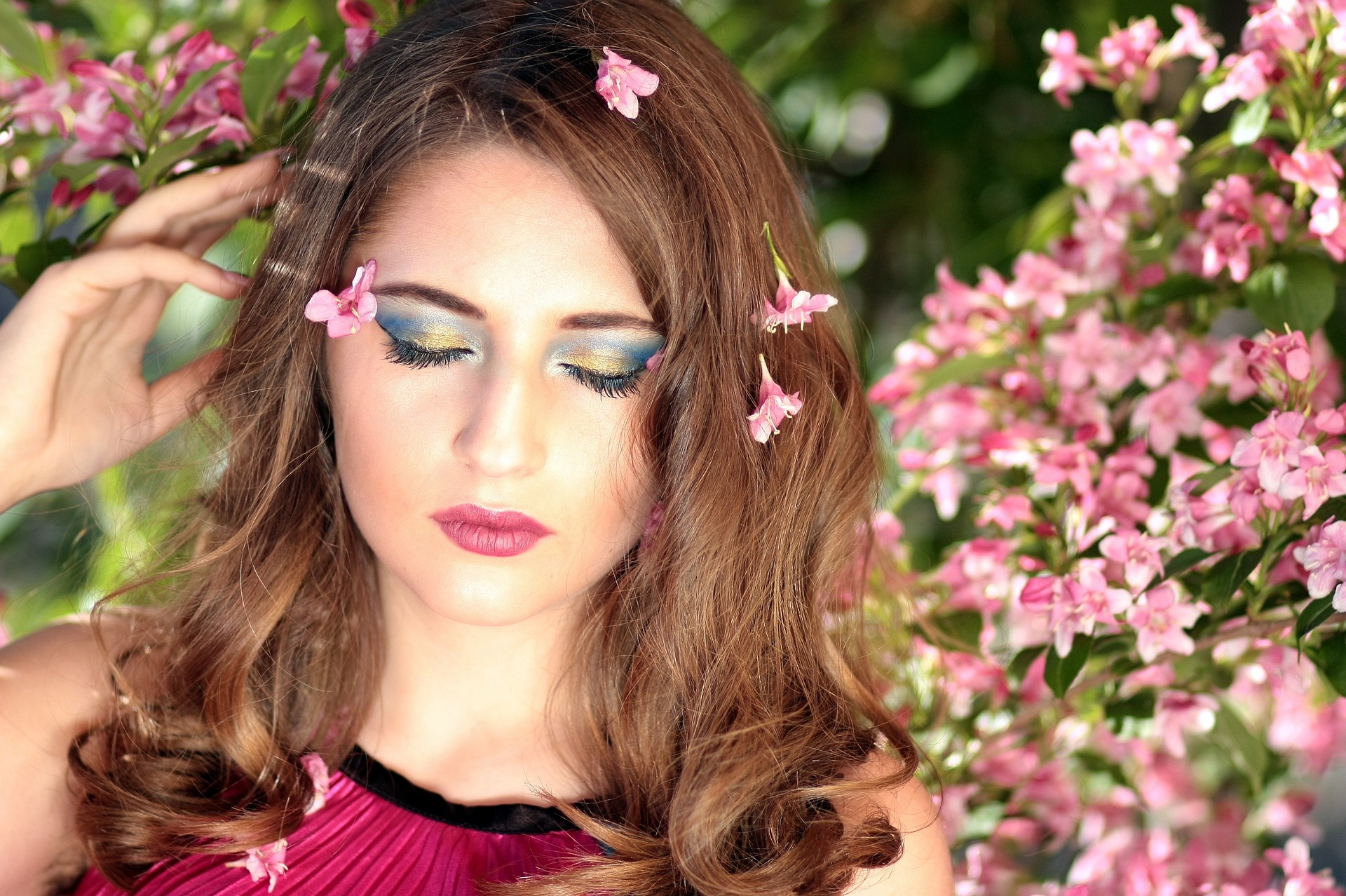The Ultimate Guide to Hair Straighteners: Achieving Sleek, Smooth Styles
Hair straighteners have revolutionized the way we style our locks, offering a quick and easy solution to achieve sleek, smooth hair. From ceramic flat irons to ionic hair tools, these styling essentials have become a staple in many people's beauty routines. In this comprehensive guide, we'll explore everything you need to know about hair straighteners, including their types, features, and how to use them effectively for stunning results.

What are the different types of hair straighteners?
Hair straighteners come in various types, each with its own unique features and benefits. The most common types include:
-
Ceramic flat irons: These are popular for their even heat distribution and smooth glide through hair. Ceramic plates help reduce frizz and damage while providing a sleek finish.
-
Titanium flat irons: Known for their quick heat-up time and ability to maintain high temperatures, titanium straighteners are ideal for thick or coarse hair types.
-
Tourmaline flat irons: These emit negative ions that help seal the hair cuticle, reducing frizz and adding shine. They’re great for those with fine or damaged hair.
-
Wet-to-dry straighteners: These innovative tools allow you to straighten your hair while it’s still damp, saving time in your styling routine.
How do ionic hair tools work?
Ionic hair tools, including many hair straighteners, work by emitting negative ions that neutralize the positive ions in your hair. This process helps to:
-
Reduce frizz and static electricity
-
Seal the hair cuticle, locking in moisture
-
Enhance shine and smoothness
-
Decrease styling time
The negative ions break down water molecules into smaller particles, allowing for faster drying and styling. This technology is particularly beneficial for those with frizzy, dry, or damaged hair, as it helps to create a smoother, healthier-looking finish.
What features should I look for in a hair straightener?
When choosing a hair straightener, consider the following features:
-
Plate material: Ceramic, titanium, or tourmaline plates offer different benefits for various hair types.
-
Plate size: Wider plates are better for long or thick hair, while narrower plates work well for short hair or touch-ups.
-
Temperature control: Adjustable heat settings allow you to customize the temperature based on your hair type and condition.
-
Automatic shut-off: This safety feature turns off the straightener after a set period of inactivity.
-
Dual voltage: If you travel frequently, a dual-voltage straightener can be used internationally without a converter.
-
Floating plates: These move slightly to grip hair more evenly, reducing the risk of snagging or damage.
-
Digital display: A clear temperature readout helps you maintain precise heat control.
How can I use a hair straightener without damaging my hair?
To minimize damage when using a hair straightener, follow these tips:
-
Always use a heat protectant spray or serum before styling.
-
Start with clean, dry hair unless using a wet-to-dry straightener.
-
Section your hair and work in small, manageable portions.
-
Adjust the temperature based on your hair type and condition.
-
Don’t pass over the same section multiple times if possible.
-
Use a leave-in conditioner or hair mask regularly to keep your hair hydrated.
-
Give your hair occasional breaks from heat styling to allow it to recover.
What are some advanced techniques for using hair straighteners?
Hair straighteners are versatile tools that can create various styles beyond just straight hair. Some advanced techniques include:
-
Creating loose waves by twisting the straightener as you glide it down the hair shaft.
-
Flipping the ends inward or outward for a polished look.
-
Using the straightener to smooth flyaways and tame frizz around the hairline.
-
Creating volume at the roots by lifting sections of hair and running the straightener along the underside.
-
Straightening braids or crimped hair for a unique texture.
These techniques can help you achieve diverse looks and make the most of your hair straightener.
How do hair straightener prices and features compare?
When shopping for a hair straightener, it’s essential to consider both features and price points. Here’s a comparison of some popular hair straighteners:
| Product Name | Plate Material | Key Features | Price Range |
|---|---|---|---|
| GHD Platinum+ | Ceramic | Predictive technology, automatic shut-off | $200-$250 |
| BaBylissPRO Nano Titanium | Titanium | 50 heat settings, ultra-thin design | $130-$160 |
| T3 SinglePass X | Ceramic | Digital T3 SinglePass technology, 1.5” plates | $180-$230 |
| Remington S5500 | Ceramic | Digital controls, 30-second heat-up | $20-$30 |
| Dyson Corrale | Flexing manganese copper alloy | Cordless option, intelligent heat control | $500-$550 |
Prices, rates, or cost estimates mentioned in this article are based on the latest available information but may change over time. Independent research is advised before making financial decisions.
In conclusion, hair straighteners have become essential styling tools for achieving sleek, smooth hair. By understanding the different types, features, and techniques, you can choose the right straightener for your needs and create a variety of stunning looks. Remember to prioritize hair health by using heat protectants and giving your locks occasional breaks from heat styling.
The shared information of this article is up-to-date as of the publishing date. For more up-to-date information, please conduct your own research.




